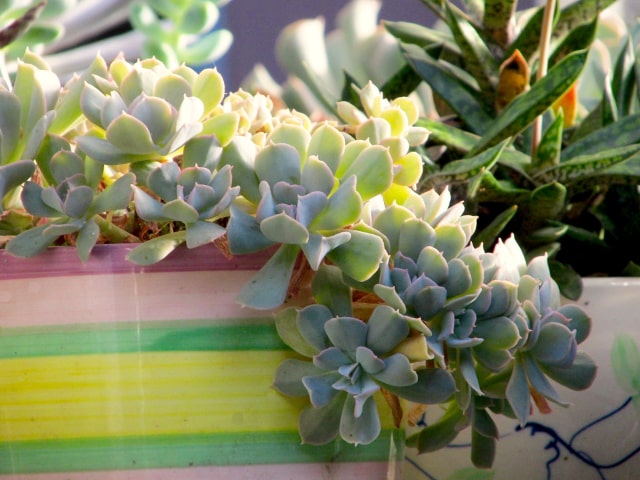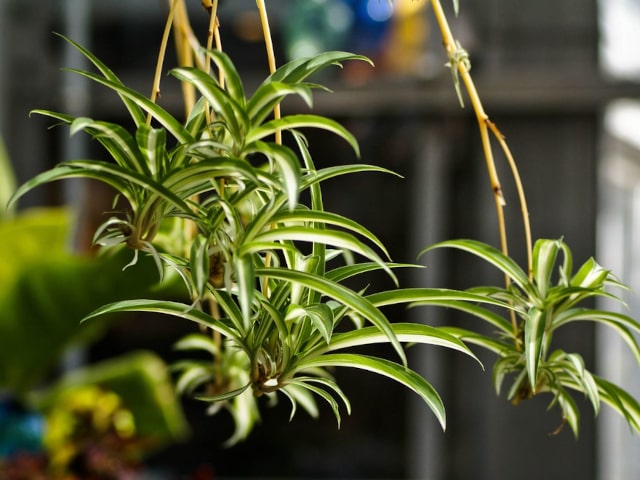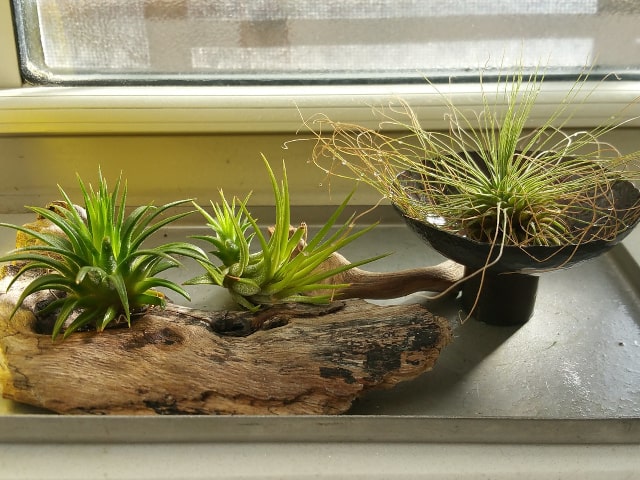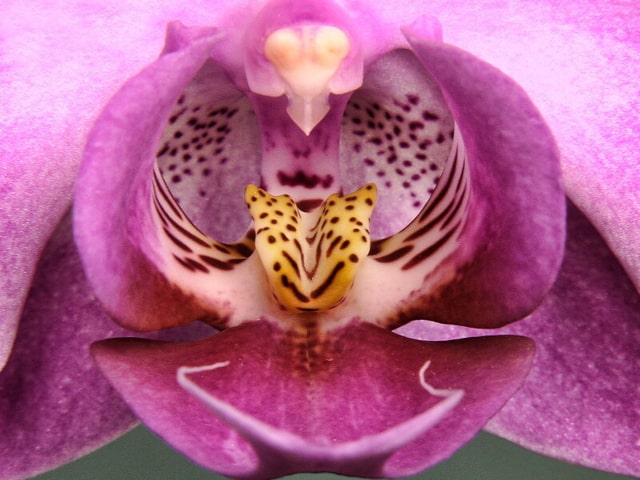
Cat Palm is a beautiful plant that resembles a palm tree. It has big, green leaves that grow in clusters and are very eye-catching. This is the main reason why people choose to grown Cat Palms in their homes. This is a great plant for adding some tropical atmosphere to your home.
However, keep in mind that a Cat Palm is not the easiest plant to care for. It will require some care and a lot of love to make it grow strong. While not the easiest houseplant to make it thrive, Cat Palm is very striking and beautiful, so the efforts typically pay off.
Cat Palm is a plant native to South-East Mexico. Also known as Cascade Palm or Cataractarum Palm, it can grow up to 6 feet in height. However, keep in mind that it takes some time for it to grow that big.
This is a very popular plant since the Victorian times. Cat Palm was often used to denote status and wealth, because not everyone could afford to have it in their home. Their popularity remains to this day.
While it is a bit of a demanding plant, we know all the important care requirements that Cat Palm requires. There is generally no mystery over the growing conditions that you need to provide to make this plant happy. If you give it these conditions, particularly high humidity, it will grow happy and strong in your home.
Useful Tips on Cat Palm Care
Here are the most useful tips on how to care for your Cat Palm in order to make it thrive. Caring for your Cat Palm is not difficult, but there are some key growing conditions that you need to provide:
- Light. Cat Palm needs bright yet indirect light to thrive. Make sure never to leave it under direct sun for prolonged periods of time, because it can quickly lead to scorching of the leaves. Ideally, you should grow a Cat Palm on a window or near it, where it can receive a lot of bright sun but not directly. Having sheer curtains on a window might help if the light is too intense.
- Water. An important thing to remember about Cat Palm is that it prefers to live in moist soil at all times. However, keep in mind that moist does not mean "soggy": your plant should not be waterlogged. Sitting in water can be very dangerous because it can lead to root rot. Other than that, make sure that its soil is always at least a bit moist. Cat Palm does not tolerate dry soil well, so you need to water it regularly. Also, pay attention to the type of water that you use, because Cat Palm foliage can burn easily if the water has too much salt or chemicals in it. You will notice this if the tips of the leaves become burnt.
- Soil. Since Cat Palm prefers moist but never soggy soil, you need to choose a potting medium that drains quickly and properly. You can add some peat moss to the soil, which will keep it light and airy instead of heavy. Also, make sure to use a pot or another container with proper drainage holes at the bottom, to facilitate quick draining that this plant requires.
- Temperature. Cat Palm strongly prefers warm temperatures, but make sure not to overdo it. If kept in temperatures that are too high, it may cause leaf damage. Ideally, you should keep your Cat Palm on temperatures that are around 80 degrees F during the day, and no lower than 45 degrees F during the night. Also, avoid placing your Cat Palm near areas that are drafty or in front of the heat vents.
- Humidity. It is very important to provide your Cat Palm with proper humidity levels. In a way, this is the key requirement that you need in order to make your plant thrive. Ideally, you should keep your Cat Palm at around 55 percent humidity, which is not always easy to achieve in an average home. This is one of the main reasons why these plants often don't do well when kept inside of houses and apartments. In order to increase humidity around your plant, you can place it on a wet gravel tray, or you may use a humidifier around it. If you opt for a gravel tray, make sure that the plant sits on the gravel and not in the water itself. Another thing you can do to improve humidity is to mist your Cat Palm regularly using a spray bottle.
- Fertilizing. When it comes to fertilizer, less is more for a Cat Palm. Feed it once per month during the spring and summer, and make sure to use a fertilizer at the half of the recommended strength. During the fall and winter, it will only need to be fertilized once or twice.
Additional Instructions
Cat Palm doesn't require much pruning, although you need to remove any damaged, yellowing or browning leaves as soon as they appear. If you notice any burned leaf tips, you can trim those, but keep in mind that the leaves that were trimmed will never look as rich as before.
When it comes to propagation, Cat Palm is not the easiest plant to propagate. It is typically done through seeds, and it can be a process that requires a lot of effort. It is also a slow method, so you need to be patient if you choose to propagate your Cat Palm. Seeds are slow to germinate, and seedlings grow slowly. You will need to wait for years until they grow into trees. However, this is the only successful method of propagation, since Cat Palm is too fragile to other common plant propagation methods, such as division.
It is also important to observe your Cat Palm regularly to notice any potential pests and diseases. The most common disease is leaf spot, a fungal disease that affects foliage. You will recognize it as small, reddish-brown spots on the leaves. Pests are often more of an issue, since many insects like to feed on the Cat Palm. Spider mites, scales, mealy bugs and ants are the most common pests attacking this plant. In order to prevent infestations, make sure to inspect your plant regularly, particularly on the underside of the leaves. If you use insecticides to get rid of pests, make sure to use one that is not dangerous to plants, pets or children.




0 Comments